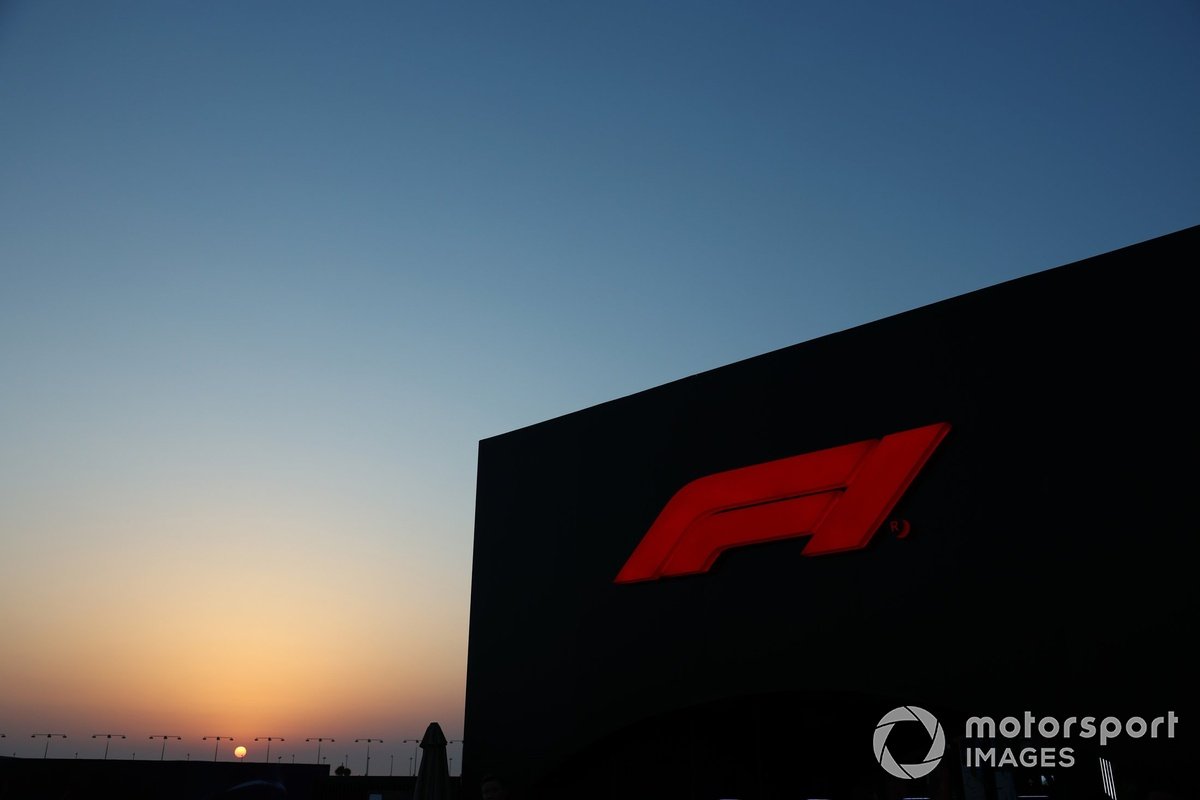The Rise of Franco Colapinto and the Shadow Over F1
The cheers echoed through Imola as Alpine’s Franco Colapinto climbed the pitwall, not a Ferrari driver celebrating a podium on home soil, but a relatively unknown figure who had captured the hearts of many. Despite finishing in 16th place after his return to F1 last weekend, the attention surrounding Colapinto is nothing short of astonishing.
From Obscurity to Stardom: The Meteoric Rise of Franco Colapinto
Last year, Colapinto appeared on the scene seemingly out of nowhere, earning a seat with Williams after impressing team boss James Vowles through his reserve driver duties and an FP1 outing at Silverstone. Little could have prepared for the increased interest and scrutiny that followed, as Argentina yearned for its next sporting hero, 23 years after its last representative on the F1 grid.
The Dark Side of Argentinian Fandom: A Sinister Undercurrent
With the swell of interest came a much more sinister undercurrent of tribalism and abuse, which has been pervading the series ever since its mainstream success through Netflix’s hit Drive to Survive. This toxicity reached new heights during the bitter 2021 title fight between Lewis Hamilton and Max Verstappen, triggering abuse against third parties including FIA race director Michael Masi and Williams driver Nicholas Latifi, whose Abu Dhabi crash was the catalyst for a dramatic turn of events that ended with Verstappen claiming a controversial title.

The Virus of Toxicity Spreads Beyond Argentina
As Colapinto made his return as an Alpine reserve driver this year, a part of his growing fanbase took to social media to harass and pressure Jack Doohan, Colapinto’s direct rival for the seat. This toxic behavior is not just an Argentinian problem; it has also been observed in other sports and regions.
The matter came to a head at last weekend’s Emilia-Romagna Grand Prix; the first in which Colapinto replaced Doohan as an Alpine racer. A parody account fabricated an Instagram story by Doohan’s father alleging to make fun of Colapinto’s qualifying crash, which was reported as genuine by Argentinian media and led to a further torrent of abuse. Tsunoda also landed in the crosshairs of Argentinian accounts after he and Colapinto were involved in a common and innocuous impeding incident in Friday practice at Imola, with the Red Bull driver abused for gesticulating towards Colapinto.

The Need for Change: Educating and Acting Responsibly
It is an unfortunate by-product of a proud and patriotic fandom culture that has also been transplanted into other sports. While teams, media, and governing bodies have taken steps to curb abuse, the wider online toxicity problem requires collective action. Social media platforms must do more to stop the spread of vile comments and abuse.
Governments are grappling with the endemic issue of digital media’s harmful influence on their population, with Australia recently banning children under 16 from using social media. Other administrations are closely studying Canberra’s example. Until platforms step up or are forced to, it might have to be up to all of us to educate and act responsibly, even if that means we are in for a rough ride.







